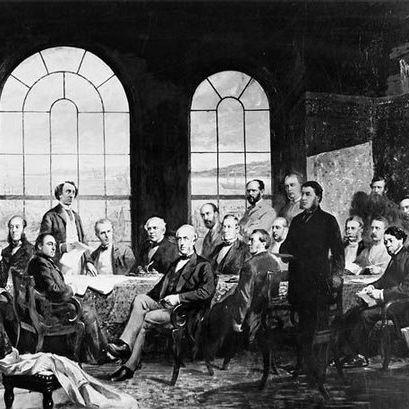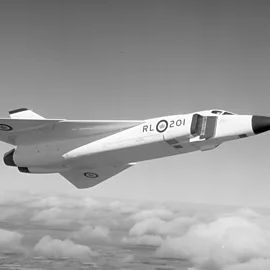It is #IndigenousHistoryMonth and this is the story of Pitseolak Ashoona, one of Canada's most celebrated artists.
Pitseolak was born around 1904 on Nottingham Island (south of Baffin Island). Her name means sea pigeon in Inuktitut. Her family lived a traditional life.
🧵1/5
Pitseolak was born around 1904 on Nottingham Island (south of Baffin Island). Her name means sea pigeon in Inuktitut. Her family lived a traditional life.
🧵1/5

In 1923, she married Ashoona and together they had 17 children. After he died in 1940, she coped with the loss by turning to art. She said art made her "the happiest since he died."
It would be art that would help her support her family.
🧵2/5
It would be art that would help her support her family.
🧵2/5

Completely self-taught, she was one of the first artists to make drawings for the print studio at Cape Dorset. From 1960 onwards, she produced more than 7,000 images. These images typically focused on the pre-contact life of the Inuit.
🧵3/5
🧵3/5

In 1974, she was accepted into the Royal Canadian Academy of Arts and in 1977 was awarded the Order of Canada.
In 1973, the NFB made a documentary about her.
She passed away in Cape Dorset on May 28, 1983.
In 1993, she was featured on a Canada Post stamp.
🧵4/5
In 1973, the NFB made a documentary about her.
She passed away in Cape Dorset on May 28, 1983.
In 1993, she was featured on a Canada Post stamp.
🧵4/5

Her work has been featured at the National Gallery of Canada, the Canadian Museum of History, the Art Gallery of Ontario, the Smithsonian & the Vancouver Art Gallery.
In 2020, she was a finalist to be depicted on Canada's $5 bill.
🧵5/5
In 2020, she was a finalist to be depicted on Canada's $5 bill.
🧵5/5

• • •
Missing some Tweet in this thread? You can try to
force a refresh





















